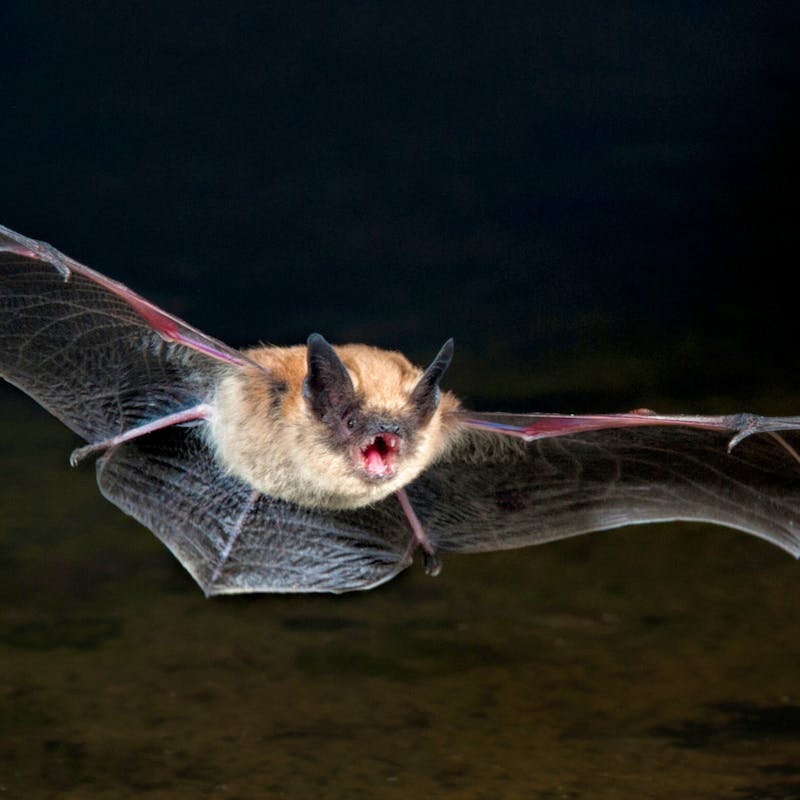With Endangered Species Day upcoming, it’s a perfect time to raise awareness of species facing extinction, because the more people talking about wildlife and the extinction crisis, the more effective we’ll be at preventing it.
There are some widespread misconceptions out there about endangered species, and even about the Endangered Species Act (ESA) itself. Today, I’d like to take a few moments to set the record straight.
As conservationists, we advocate for species to be protected under the ESA when they are imperiled — like our petition to list the Pinyon Jay — and we celebrate when they are fully recovered — as happened with the bald eagle and the American alligator. ESA protection works!
But the ESA was never intended to be a “Noah’s Ark”, or a one-size-fits-all solution to prevent extinction. It’s simply one tool in a large toolbox. It is a tool of last resort, when all else has failed and it’s needed to save a species from extinction. When we use this tool wisely, and fund it fully, it saves species. And allows them to survive and thrive again in their native habitat.
As Director of the U.S. Fish and Wildlife Service, I helped lead successful species recovery initiatives and made decisions to protect species that otherwise would not have survived without the ESA’s essential protections. As Former president and CEO of Defenders of Wildlife, with the backing of supporters like you, we’ve partnered on species conservation efforts and ensured those tasked with protecting species under the ESA are accountable for their recovery. Under any measure the ESA has done its job — 95% of listed species have survived. And many more species are on their way towards recovery, guided by science, supported with needed funding and backed by collaborative partnerships focused on their long-term future.
I’ve also seen what happens when recovery plans aren’t anchored in science, are abandoned or are not consistently implemented or enforced. I’ve seen fossil fuel companies and developers lobby the administration and Congress for access to swaths of critical habitat, fueled by misstatements and bad logic aimed at undermining or eliminating key protective provisions of the law. I’ve seen recovery plans for species like the Florida panther and the Red Wolf stalled or suffer needless setbacks because of inaction or overt attempts to ignore responsibilities.
Yet I have hope for the ESA, and for all the plants and wildlife it protects. It remains America’s most effective law for protecting species in need. It’s our best tool to help stave off widespread extinction and the escalating loss of biodiversity.
The ESA was made for moments like this. We are experiencing a sixth mass extinction and pervasive habitat destruction. To protect biodiversity, and the future of all life, we should be working to strengthen, not weaken, our nation’s best conservation tools and ensure the resources needed to support it are a priority.
Defenders is made for moments like this, too. I truly believe the ESA is our best tool to protect biodiversity and prevent extinction. But it needs people like you and me, leading with advocacy, demanding accountability, and ensuring it is adequately funded, shaped by science, and guided by sound policy.
So goes nature, so goes us.
This blog was updated from a May 17, 2022 post.
Author

Jamie Rappaport Clark
comments
Wildlife & Wild Places












